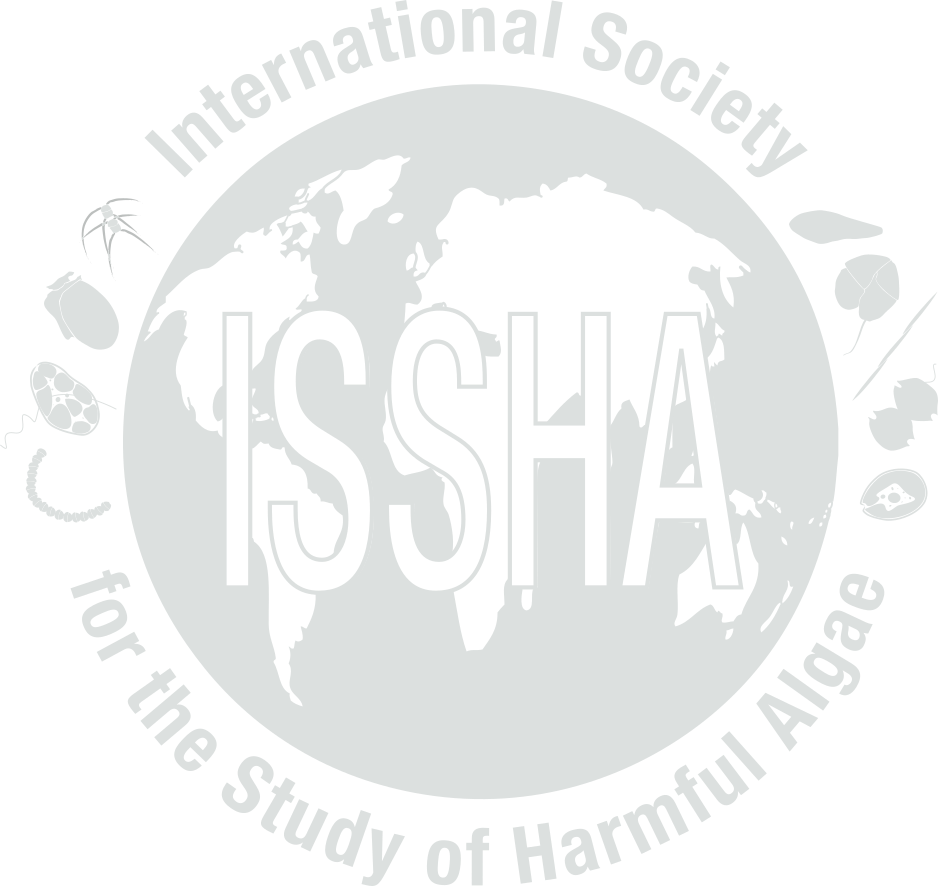


| Event name: | FI-14-001 | |
| Country: | FINLAND | |
|
Nature of the harmful event: |
High Phyto concentration | |
|
Event directly affected: |
Humans | |
| Toxicity detected: | No | |
| Associated syndrome: | Cyanobacterial toxins effects | |
| Unexplained toxicity: | ||
| Species implicated in toxin transmission (transvector): | ||
| Report the outcome of a monitoring programme: | Yes (Finnish phytoplankton monitoring) | |
| Event occurred before in this location: | Yes (Ca 10 years ago there was a similar long-lasting and wide bloom,) | |
| Individuals to contact: | LEHTINEN, Sirpa | |
| Location: | Latitude: , Longitude: | |
| General location information: |
Baltic Sea: South-western Finnish sea areas + northern Baltic Proper + southern Archipelago Sea, Baltic Sea: south-western Finnish sea areas + HAB Area code(s): FI-04 |
|
| Additional location information: | Large area of Nodularia spumigena bloom in the south-western Finnish sea areas + northern Baltic Proper + southern Archipelago Sea | |
| Bloom event dates (yyyy/mm/dd): | Start: 2014-07-15, End: 2014-08-15 | |
| Quarantine levels dates (yyyy/mm/dd): | ||
| Additional date-related information: | The bloom formed quickly after the half July. | |
| Causative organism known: | Yes | |
| Causative Species/Genus: |
Nodularia spumigena Mertens in Jungers 1822
( cells/L)
|
|
| Co-Ocurring Species/Genus: | ||
| Chlorophyll concentration, if known: | µg/l | |
| Additional bloom information: | ||
| Event-related bibliography: | ||
|
||||||||||||||||||||||||||
| Nutrient information: | ||||||||||||||||||||||||||
| Temperature Range During Event: | Max: °C, Min: °C | |||||||||||||||||||||||||
| Salinity Range During Event: | ||||||||||||||||||||||||||
| Bloom location in the water column: |
Surface |
|||||||||||||||||||||||||
| Growth: | ||||||||||||||||||||||||||
| Growth Comments | ||||||||||||||||||||||||||
| Additional Environmental information: | ||||||||||||||||||||||||||
|
|||||||
| Kit used: | Type of kit used: | ||||||
| Additional information: | Bloom was not tested for toxicity. It is known that bloom in the Baltic Sea formed by Nodularia spumigena most probably is hepatotoxic.Species was identified with a microscopic analysis. | ||||||
| Economic losses: | |||||||
| Management decision: | Media was informed to alert people, some beaches were closed. | ||||||
| Additional harmful effect information: | |||||||
